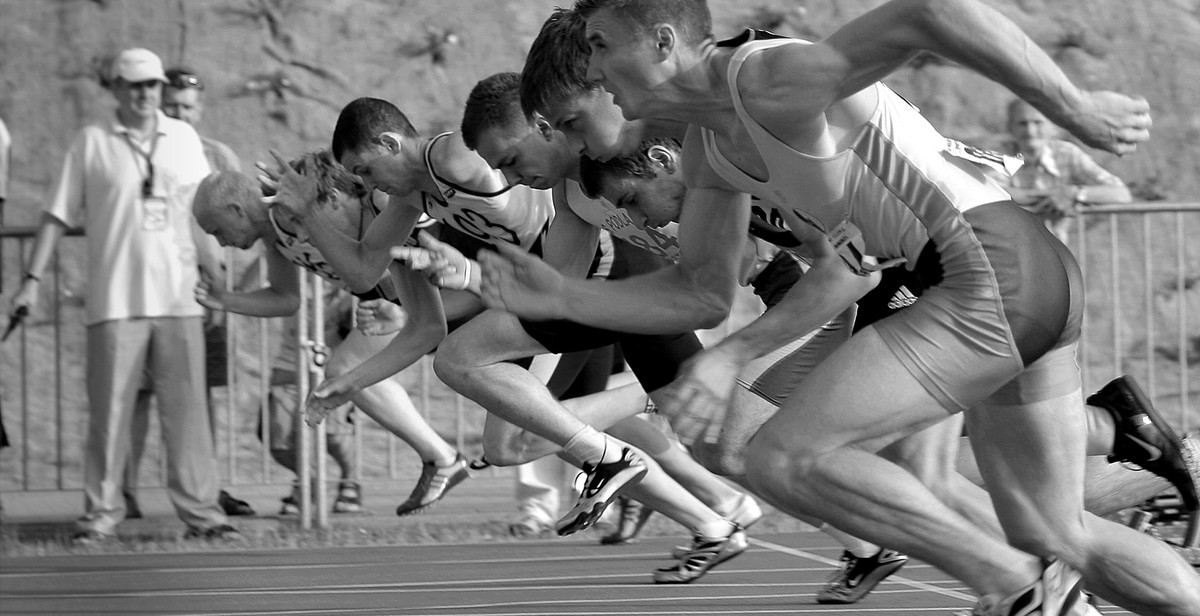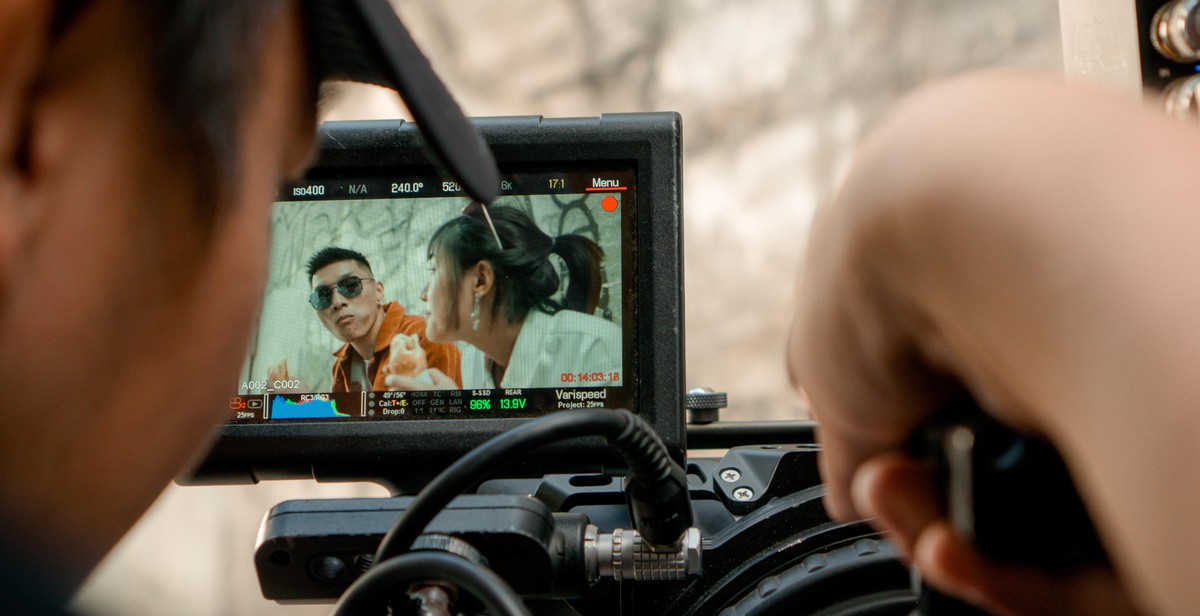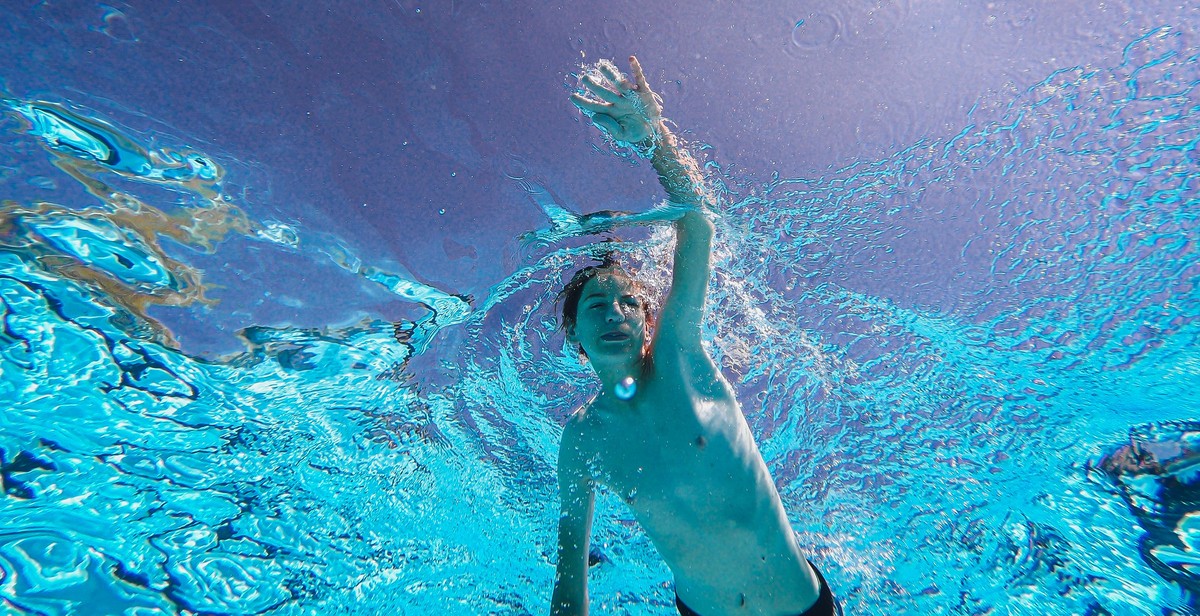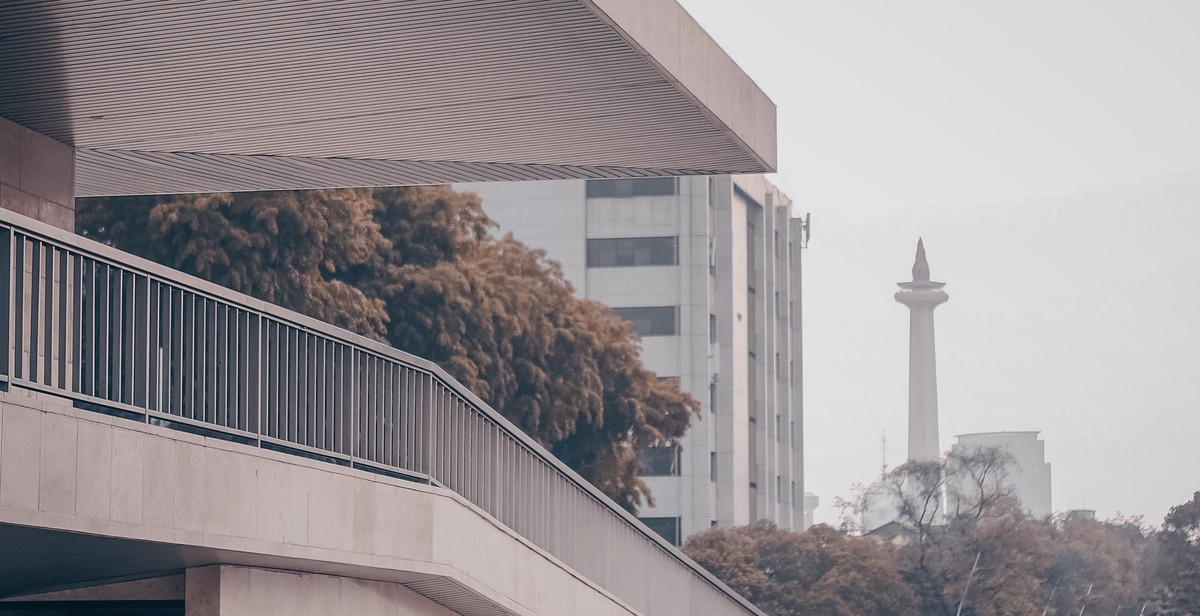How to Photograph Sports Events: Tips and Techniques for Capturing Action-Packed Sports Photos
As a professional photographer with over a decade of experience, I have had the privilege of capturing some of the most exhilarating moments in sports. From football and basketball to soccer and baseball, I have learned that photographing sports events requires a unique set of skills and techniques.
In this article, I will be sharing my tips and tricks for capturing incredible sports photos that truly capture the excitement and energy of the game. Whether you are a seasoned pro or just starting out, these tips will help you take your sports photography to the next level.
Why Sports Photography is Unique
Sports photography is a unique genre that requires a different approach than other types of photography. Unlike portrait or landscape photography, sports photography is all about capturing action and movement. This means that you need to be prepared to move around, anticipate the action, and be ready to take the shot at a moment’s notice.
Additionally, sports events are often held in challenging lighting conditions, such as bright sunlight or dimly lit indoor arenas. To capture high-quality sports photos, you need to know how to adjust your camera settings to compensate for these conditions.
Tips and Techniques for Sports Photography
Throughout this article, I will be sharing my top tips and techniques for capturing amazing sports photos. These include:
- Choosing the right equipment
- Understanding your camera settings
- Anticipating the action
- Using the right composition techniques
- Managing your workflow
By following these tips and techniques, you will be able to capture incredible sports photos that truly capture the excitement and energy of the game.
Let’s get started!

Understanding the Sport
Before you start photographing a sports event, it’s crucial to have a basic understanding of the sport you will be covering. This knowledge will help you anticipate the key moments and capture the best shots. Here are some tips on how to research the sport and learn its rules and key moments:
Research the Sport
Start by researching the sport you will be photographing. Look for information on the rules, the scoring system, and the key players or teams. You can find this information online, in sports magazines, or by watching previous games or matches.
It’s also a good idea to familiarize yourself with the equipment used in the sport. For example, if you’re photographing a soccer game, you should know the different types of kicks, positions, and formations. This knowledge will help you anticipate the action and capture the best shots.
Learn the Rules
Knowing the rules of the sport is essential for capturing the most important moments. For example, in basketball, you should be aware of when a player is about to shoot a free throw or when a team is about to make a substitution. These are key moments that you don’t want to miss.
It’s also important to understand the different fouls and penalties in the sport. This knowledge will help you anticipate when a player might get a yellow or red card in soccer or when a penalty shot might be awarded in hockey.
Key Moments
Every sport has its key moments, and as a sports photographer, you should be able to anticipate them. For example, in football, you should be ready to capture the quarterback throwing a pass or a running back breaking through the defense. In tennis, you should be prepared to capture the moment of impact when a player hits the ball.
By understanding the sport, its rules, and its key moments, you’ll be able to anticipate the action and capture the best shots. This knowledge will make a big difference in the quality of your sports photography.

Choosing the Right Gear
When it comes to sports photography, choosing the right gear is crucial to capturing quality shots. The following are key factors to consider:
Camera and Lens Selection
The camera and lens combination you choose will play a major role in your ability to capture action-packed sports photos. A camera with a fast burst mode and high shutter speed is ideal, as it will allow you to capture multiple shots in quick succession and freeze the motion of your subjects. Some popular camera options for sports photography include the Canon EOS-1D X Mark III and the Nikon D6.
In addition to choosing the right camera body, selecting the right lens is equally important. A telephoto lens with a focal length of at least 200mm is recommended, as it will allow you to zoom in on your subjects and capture them in detail from a distance. The Canon EF 70-200mm f/2.8L IS III USM and the Nikon AF-S NIKKOR 70-200mm f/2.8E FL ED VR are two popular lens options for sports photography.
Accessories for Sports Photography
In addition to your camera and lens, there are several accessories that can help you capture better sports photos. These include:
- A tripod or monopod to stabilize your camera and reduce camera shake
- A fast memory card with a large capacity to ensure you can capture multiple shots without running out of space
- An external flash to add additional light to your shots, especially in low light situations
- A camera bag or backpack to transport your gear to and from the sports event
By selecting the right camera and lens combination and investing in the necessary accessories, you will be well-equipped to capture stunning sports photos.

Setting Up for the Shot
Finding the Best Angle
When it comes to photographing sports events, finding the best angle is crucial. You want to capture the action in a way that tells a story and draws the viewer in. One of the best ways to achieve this is to get low and shoot from the athlete’s perspective. This will give your photos a dynamic feel and make the viewer feel like they are a part of the action.
Another way to find the best angle is to experiment with different positions around the field or court. Move around and try shooting from different angles to see what works best for the particular sport and the action that is happening. Don’t be afraid to get creative and try something new.
Setting Up Your Camera
Before you start shooting, it’s important to make sure your camera is set up properly. Here are a few tips to help you get the most out of your camera:
- Use a fast shutter speed to freeze the action. A shutter speed of at least 1/1000th of a second is recommended.
- Choose a wide aperture to blur the background and make the subject stand out. An aperture of f/2.8 or wider is ideal.
- Use a high ISO to compensate for low light conditions. Just be careful not to go too high, as this can result in grainy photos.
- Shoot in burst mode to capture multiple shots in a row. This will increase your chances of getting the perfect shot.
Once your camera is set up, it’s time to start shooting. Remember to stay focused and be patient. Capturing the perfect shot takes time and practice, but with these tips and techniques, you’ll be well on your way to creating stunning sports photos.

Capturing the Action
When it comes to sports photography, capturing the action is key. You want to freeze the moment of impact, the expression of the players, and the movement of the ball or equipment. To do this effectively, you need to consider timing, shutter speed, and burst mode.
Timing is Everything
The timing of your shot is critical in sports photography. You need to anticipate the action and be ready to capture it at the right moment. This means keeping your eye on the game and being familiar with the sport you are photographing. Understanding the rules and the flow of the game can help you anticipate the action and be in the right place at the right time.
Mastering Shutter Speed
Shutter speed is crucial in capturing action. You want to use a fast shutter speed to freeze the movement and prevent blur. A good rule of thumb is to use a shutter speed of at least 1/500th of a second, but you may need to go faster depending on the sport and the level of action. Experiment with different shutter speeds to find the right balance between freezing the action and letting in enough light.
Using Burst Mode
Burst mode, also known as continuous shooting mode, is a great tool for capturing action. It allows you to take a series of shots in rapid succession, increasing your chances of getting the perfect shot. To use burst mode effectively, hold down the shutter button and keep tracking the action. Be prepared to sort through a lot of shots to find the best one, but the results can be worth it.
By mastering timing, shutter speed, and burst mode, you can capture incredible action-packed sports photos that truly capture the spirit of the game.

Editing Your Photos
Once you’ve captured your sports photos, the next step is to edit them to enhance their quality and make them stand out. Here are some tips on editing your sports photos:
Choosing the Right Editing Software
The first step in editing your sports photos is to choose the right editing software. There are many options available, ranging from free basic software to more advanced paid software. Some popular options include Adobe Photoshop, Lightroom, and GIMP. Choose the software that best fits your skill level and budget.
Adjusting Exposure and Color
Adjusting the exposure and color of your sports photos can make a huge difference in their overall quality. Use the editing software to adjust the brightness, contrast, and saturation levels to enhance the colors and bring out the details in your photos. Be careful not to overdo it, as this can make your photos look unrealistic.
Cropping and Composition
Cropping your sports photos can help you focus on the most important parts of the image and eliminate any distractions. Use the cropping tool in your editing software to remove any unwanted elements and create a more balanced composition. You can also experiment with different cropping ratios, such as square or panoramic, to create a unique look.
- Choose the right editing software for your skill level and budget
- Adjust the exposure and color to enhance the quality of your photos
- Crop your photos to create a more balanced composition
By following these tips, you can take your sports photos to the next level and create images that truly capture the excitement and energy of the event.

Conclusion
In conclusion, capturing action-packed sports photos requires patience, skill, and the right equipment. Whether you’re photographing a local high school game or a professional sporting event, following the tips and techniques outlined in this article can help you take your sports photography to the next level.
Key takeaways:
- Use a fast shutter speed to freeze action
- Choose the right lens for the job
- Shoot from different angles and perspectives
- Anticipate the action and be ready to capture the moment
- Use burst mode to capture a series of shots
- Edit your photos to enhance colors and contrast
Remember, practice makes perfect!
Don’t be discouraged if your first attempts at sports photography don’t turn out as expected. Keep practicing and experimenting with different techniques until you find what works best for you. And most importantly, have fun and enjoy the excitement of capturing the action!
| Author: | John Doe |
| Date: | June 15, 2021 |
| Category: | Sports Photography |
